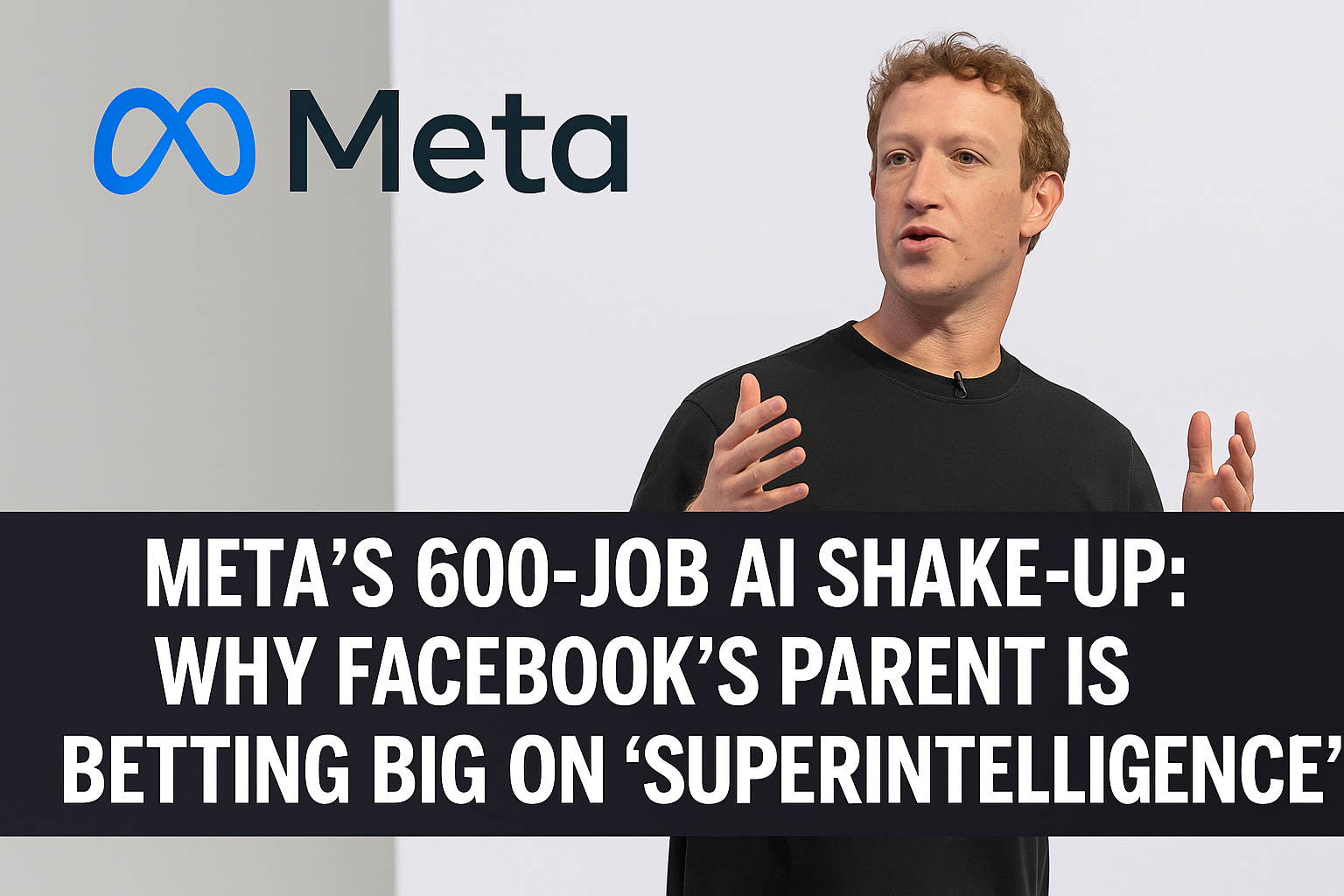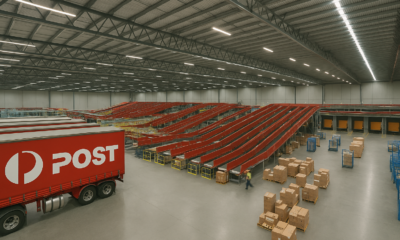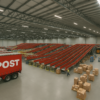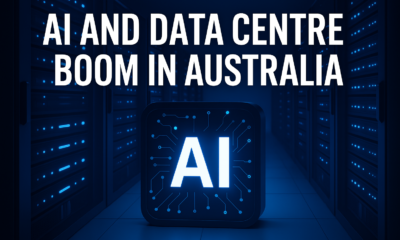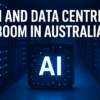Tech & Innovation
Meta’s 600-job AI shake-up: why Facebook’s parent is betting big on ‘superintelligence
Meta Platforms — the parent company of Facebook, Instagram, and WhatsApp — has confirmed another round of layoffs, cutting around 600 roles within its Artificial Intelligence (AI) division. The move has drawn global attention, not for its scale alone, but for what it signals: a deeper restructuring toward what Meta calls its “superintelligence” era.
For Australian users, creators, and tech professionals, this reshuffle could shape the tools, platforms, and opportunities that dominate the country’s digital economy in the coming years.
A closer look: where Meta’s cuts are landing
According to Reuters, Meta is cutting approximately 600 positions across its AI organisation — specifically in AI infrastructure, product AI teams, and Facebook Artificial Intelligence Research (FAIR). The changes will not affect Meta’s new TBD Lab, the internal group driving its superintelligence efforts and next-generation large-language-model (LLM) development.
An internal memo obtained by Business Insider from Meta’s Chief AI Officer Alexandr Wang explained the reasoning:
“By reducing the size of our team, fewer conversations will be required to make a decision, and each person will be more load-bearing and have more scope and impact.”
In other words, Meta is trimming to move faster — not abandoning AI, but re-focusing its resources on smaller, highly autonomous teams capable of rapid execution.
Reshaping for ‘superintelligence’
The cuts are part of a larger transformation. Meta has spent the past year reorganising its AI structure under a new umbrella dubbed Superintelligence Labs — merging research, product development, and infrastructure into a more streamlined ecosystem.
While FAIR, Meta’s long-standing AI research arm, focused on open-source projects and academic partnerships, TBD Lab is designed for aggressive productization. Its mission: build increasingly powerful foundation models that can serve billions of users across Facebook, Instagram, and WhatsApp.
The restructuring coincides with Meta securing US$27 billion in private financing from Blue Owl Capital to fund a major data-centre expansion — the computing backbone required for training massive AI systems.
Why Meta is doubling down, not pulling back
Although layoffs usually signal financial tightening, this round is different. Reports from AP News emphasise that Meta continues to hire aggressively within TBD Lab even as it lets others go. The company wants fewer overlapping teams and a clearer focus on long-term breakthroughs.
The decision also aligns with CEO Mark Zuckerberg’s stated ambition to make AI the “central driver” of Meta’s future products. Over a billion people already use some form of Meta’s AI-powered tools monthly — a company claim that includes everything from content-recommendation systems to chat assistants.
Still, it’s a calculated risk. Meta’s open-source AI strategy, embodied by the Llama family of models, has won praise for accessibility but also scrutiny for security risks. As the company pivots toward “superintelligence,” it may tighten control over top-tier models — a potential shift away from the open ethos that defined FAIR.
For Australians: why it matters
Australia ranks among Meta’s most engaged markets, with millions relying on Facebook and Instagram for social connection, marketing, and small-business growth. Here’s how the company’s global AI shake-up could ripple locally:
1. New tools for creators and advertisers
Smaller, more agile AI teams could lead to faster feature rollouts across ad targeting, content generation, and automated campaign optimisation. That could benefit Australian small businesses seeking better efficiency — but it may also make performance more dependent on opaque, AI-driven systems that are difficult to audit or predict.
2. Shifts in the talent landscape
Meta’s AI restructuring signals a greater emphasis on applied machine-learning and infrastructure engineering rather than pure research. That may create opportunities for Australian developers and engineers skilled in deploying models at scale — especially if Meta expands regional AI support teams. Conversely, reduced investment in open research could limit collaboration opportunities for universities and labs that previously worked with FAIR.
3. Regulatory implications
As AI becomes more integrated into social and advertising platforms, local watchdogs like the Australian Competition and Consumer Commission (ACCC) will likely pay closer attention. Any rise in AI-generated misinformation or ad-targeting controversies could bring renewed pressure for regulation, transparency, or even algorithmic audits.
From research to results
The decision to narrow focus mirrors trends across the tech industry. Google, Amazon, and Microsoft have all shifted from exploratory AI research to product-driven execution. Meta’s leadership appears to be betting that smaller, faster teams — backed by vast compute power — will yield better results than sprawling research divisions.
Analysts note that FAIR’s influence within Meta has waned over the years. Once considered the intellectual engine behind Meta’s AI breakthroughs, its work became harder to justify as investors demanded revenue-linked innovation. The 600-job reduction therefore marks both an end of an era and the start of a higher-stakes race toward commercially viable superintelligence.
A pattern, not an anomaly
This is not Meta’s first workforce reduction. Earlier in 2025, the company reportedly laid off about 3,600 employees, or roughly 5 % of its global staff, as part of broader restructuring efforts. That earlier cut was company-wide; this latest one is surgical, targeting specific units within AI.
The distinction matters: the company isn’t retreating from AI, it’s repositioning. Meta’s message is clear — fewer teams, more accountability, and greater individual impact.
The road ahead
The real test will be whether the TBD Lab and Superintelligence Labs can deliver breakthroughs fast enough to compete with OpenAI’s GPT-5, Google’s Gemini, and Anthropic’s Claude. If Meta’s consolidation pays off, Australians could see more advanced AI experiences embedded in Messenger, Instagram Reels, and WhatsApp Business in the coming year.
However, if the cuts create talent drain or internal turbulence, the company risks falling further behind in an AI race that’s increasingly defining the next decade of technology.
Bottom line
Meta’s 600-job shake-up isn’t about shrinking — it’s about tightening focus. By moving from broad research to high-impact execution, the company is staking its future on one big bet: that a leaner, faster organisation can build the world’s most capable AI systems.
For Australians, that means smarter (and possibly more intrusive) Meta products, new opportunities in applied AI roles, and fresh regulatory debates about the balance between innovation and responsibility.
Hi, I’m Ankush. Based in Port Lincoln, South Australia, I hold a Bachelor of Science and a Bachelor of Education (Middle & Secondary) from the University of South Australia, graduating in 2008. With several years of experience as a high school and secondary teacher, I’ve combined my passion for technology and finance to drive innovation in the on-demand service industry. As the founder of Orderoo, I’m committed to leveraging technology to simplify everyday tasks and enhance accessibility to essential services across Australia. My focus remains on exploring new opportunities to expand and improve these solutions, ensuring they meet the evolving needs of users and service providers alike.


